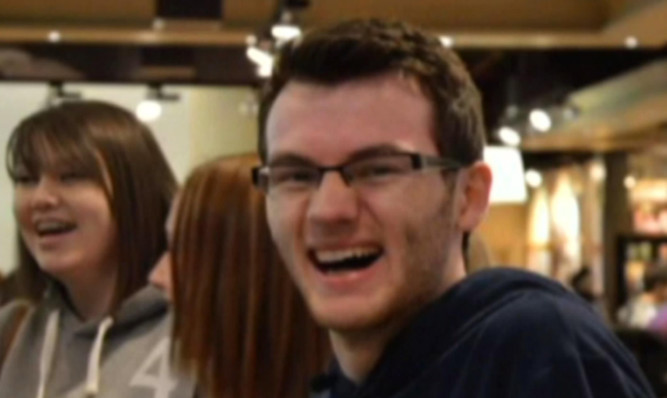
Report reveals how GPs are failing to spot deadly disease in the young.
Teenage cancer patients are routinely being failed by GPs with many having their painful conditions dismissed as “nothing to worry about”.
Nearly one in five sufferers have their original symptoms misdiagnosed.Join our campaignMeanwhile many of those are wrongly told they are suffering from unrelated conditions including anorexia, bipolar disorder and sports injuries.
The disturbing findings are laid bare in a study by the Teenage Cancer Trust which adds significant weight to The Sunday Post’s Fighting Chance campaign.
We are calling for safeguards to be put in place to end the hell of cancer misdiagnosis.
Last night Dr Jean Turner, a former GP and chief executive of Scotland Patients Association, said she was shocked to hear teenagers were having their symptoms missed.
She said: “Age is no protection against cancer everyone can get it whether you are old or young. GPs should be professionally suspicious as a rule.
“Anyone presenting with symptoms should have the GP thinking of the worst-case scenario. If a GP has sufficient doubt they should be at the very least saying ‘we will see you in a fortnight to see how you are doing’.
“Some examples of GPs missing teenage cancer are quite unacceptable. People presenting with dramatic weight loss is a sure sign that something is wrong.”
The Teenage Cancer Trust’s study has laid bare shocking examples of how young people are summarily dismissed by their doctors.
Their damning findings into the diagnostic experience of young people looked at 139 people who had been diagnosed with various types of cancer after their GP had initially turned them away.
The most common reason for wrong diagnosis was patients being mistakenly told they had viruses or infections (16.5%).
More than one in 10 were told to come back in two weeks or told to wait six weeks to see if the lump went away.
The same percentage claim GPs told them not to worry about their symptoms with some claiming their doctors told them they looked fine so they should ignore it.
Nearly one in 12 teenage cancer sufferers said GPs labelled them as having anorexia, bipolar disorder or attention seekers when they originally went to doctors. The same proportion were dismissed as having sports injuries with some doctors even telling the teenagers they were over-reacting to a simple pulled muscle.
Siobhan Dunn, chief executive of the Teenage Cancer Trust, said the diagnostic experience of young people with cancer urgently needs to improve.
She said: “We must empower young people to be persistent at the doctors if they’re not getting better. If we all learn the signs of cancer in young people and share this information with friends and family, we can make a huge difference.”
One of the highest profile teenage cancer sufferers in recent years was Stephen Sutton, who raised over £4 million with his blog Stephen’s story and who was championed by a string of celebrities.
The 19-year-old charity activist from Leicester died in May after succumbing to colorectal cancer.
In an interview before he died the teenager said: “On the whole, the NHS has been brilliant, but there will always be a kind of … there always will be anger. If it had been caught earlier, it could have led to a better prognosis.”
We asked the Scottish Government for a response but they refused to comment.

Enjoy the convenience of having The Sunday Post delivered as a digital ePaper straight to your smartphone, tablet or computer.
Subscribe for only £5.49 a month and enjoy all the benefits of the printed paper as a digital replica.
Subscribe